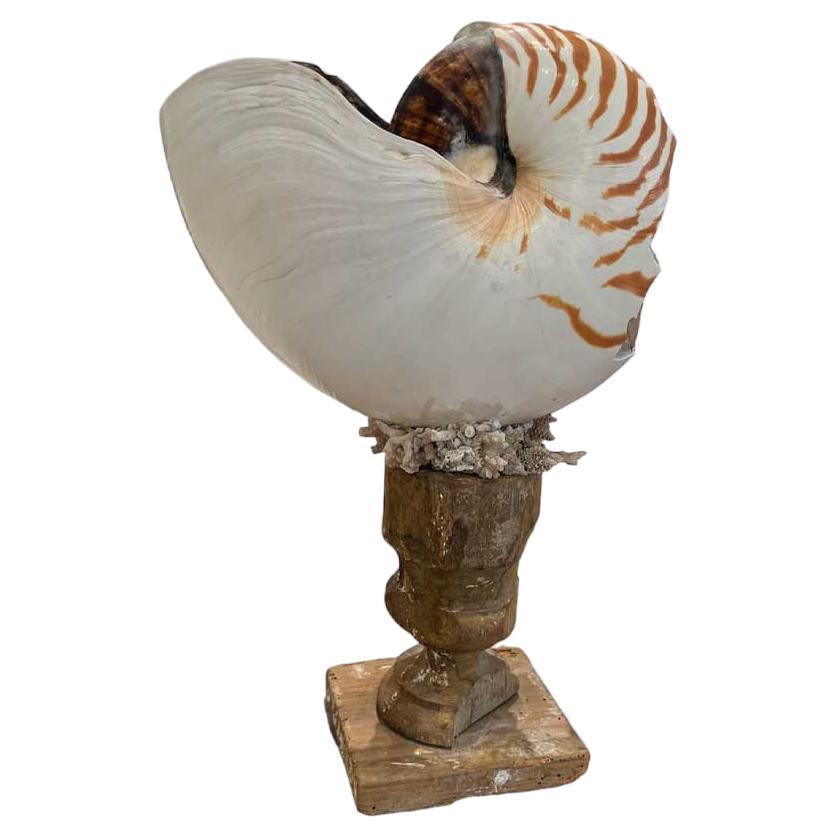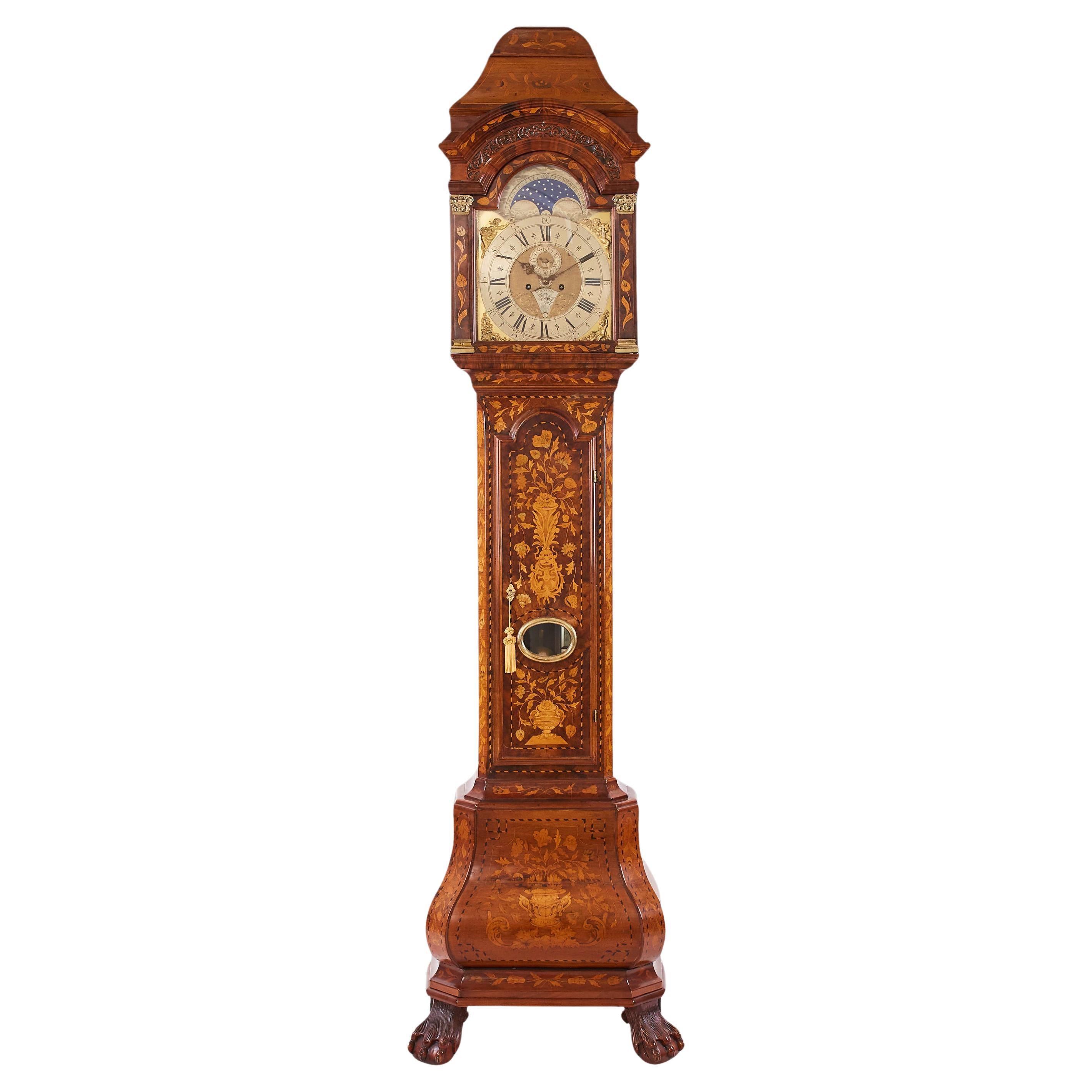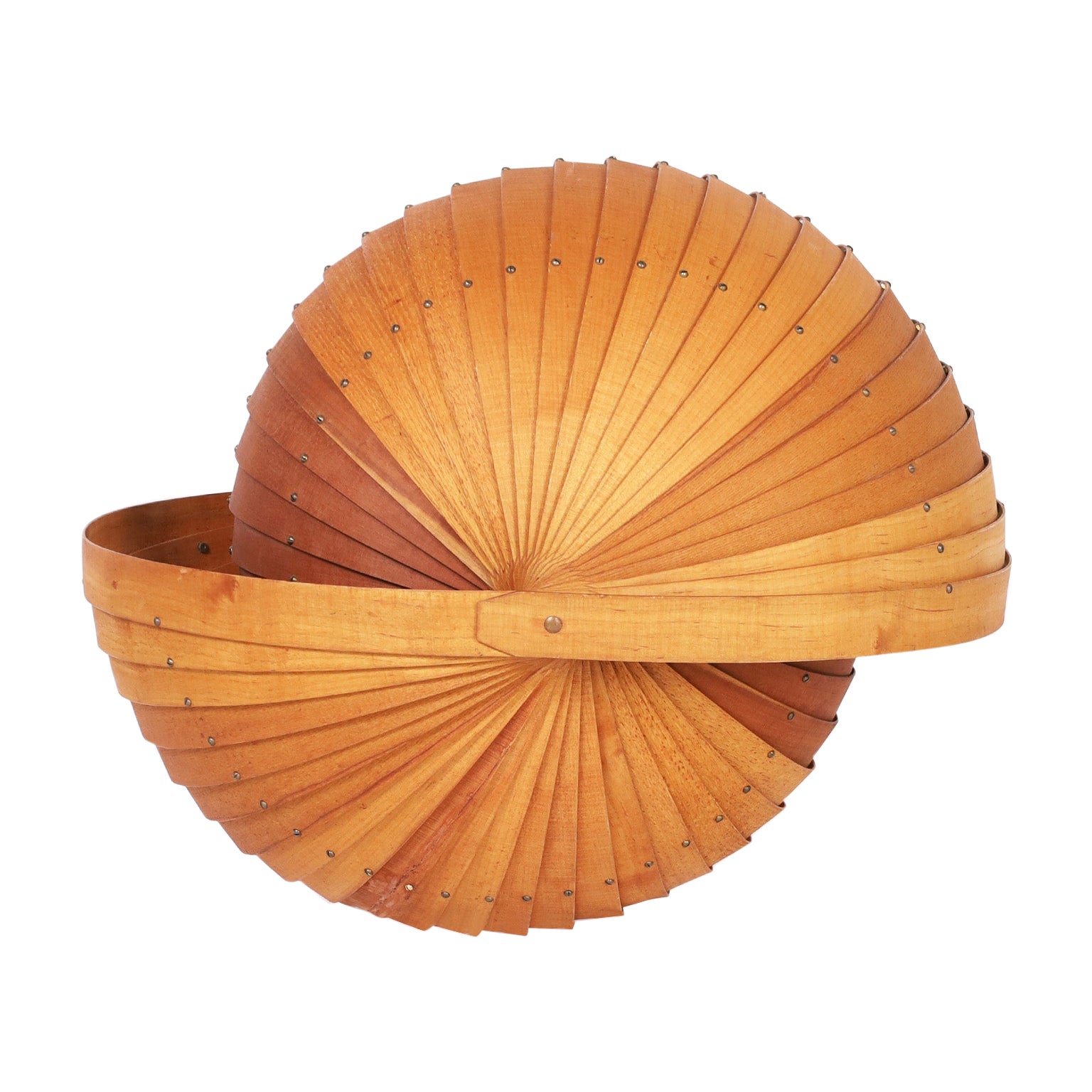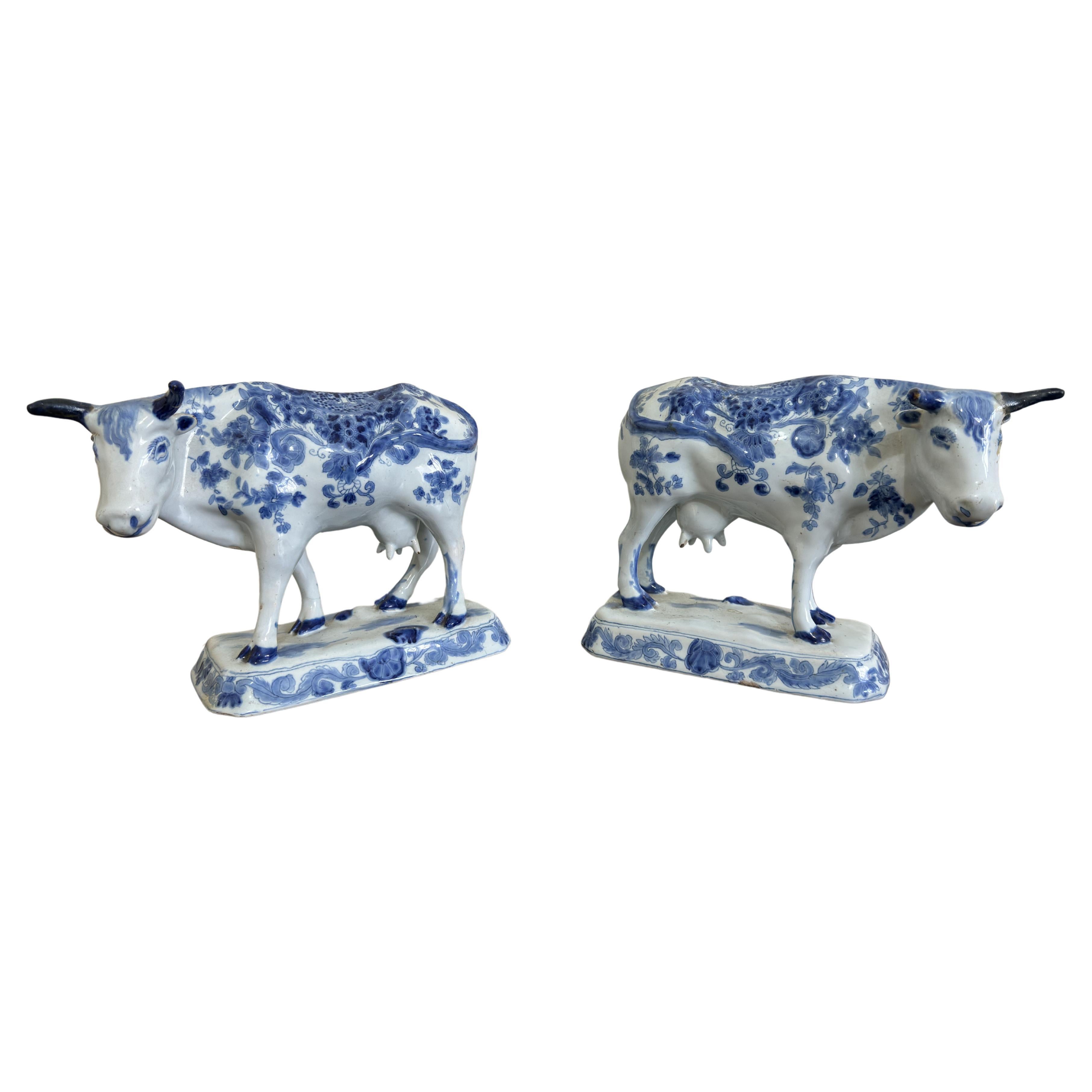Items Similar to Engraved Nautilus shell - Netherlands, 18th century
Want more images or videos?
Request additional images or videos from the seller
1 of 8
Engraved Nautilus shell - Netherlands, 18th century
About the Item
Engraved Nautilus shell
Netherlands, 18th century
13 x 10 x 7 cm
Although fragmentary this beautiful nautilus preserves almost intact a beautiful hunting scene.
The 18th century witnessed a profound resurgence in the appreciation of the natural world, art, and craftsmanship. This era saw the creation of remarkable objets d'art, one of which is the engraved nautilus shell depicting hunting scenes. These intricately carved shells offer a fascinating glimpse into the artistic and scientific pursuits of the time, blending the beauty of nature with the intricacies of human creativity.
The nautilus shell, with its graceful spiral shape, became a popular canvas for 18th-century artisans. This fascination was in part due to the shell's natural beauty and the intricate chambers within it. These artisans, often combining skills from various disciplines, employed a range of engraving techniques to transform the shell's smooth surface into a rich tapestry of intricate hunting scenes.
Artisans of the 18th century employed various techniques to create these intricate scenes on the nautilus shell. They used fine engraving tools, microscopes, and meticulous precision to carve images onto the shell's surface. The delicate nature of the shell required a steady hand and exceptional skill, making these creations a testament to the artistry of the period. Furthermore, the use of different layers within the shell allowed for depth and detail that brought the scenes to life.
Between 1500 and 1700 exploration and trade throughout the unknown world brought to Europe shores of fragile and exotica material that were considered to be rare, valuable and sometimes magical. Dutch artists a number of Nautilus during the 18th century when shells of the chambered Nautilus were imported from Indonesia. The dutch East India company established one of the first large multinational corporations there. This trade enriched the Netherlands and is reflected in the exotic seashells and other imported objects seen in many Dutch still-life painting. They were treasures to be admired in collections of curiosities.
The 18th century engraved nautilus shell depicting hunting scenes stands as a remarkable testament to the artistic and scientific pursuits of the time. These unique creations merge the beauty of nature with the artistry of humanity, providing a lens through which we can appreciate the fascination with exploration, nature, and craftsmanship that characterized the era. By capturing the essence of the hunt, these shells encapsulate the era's enthusiasm for both art and science, revealing the intersection of beauty and knowledge in the 18th century.
- Dimensions:Height: 3.94 in (10 cm)Width: 5.12 in (13 cm)Depth: 2.76 in (7 cm)
- Style:Dutch Colonial (Of the Period)
- Materials and Techniques:Shell,Engraved
- Place of Origin:
- Period:
- Date of Manufacture:18th century
- Condition:Wear consistent with age and use. missing a little part; little accidents visible in the pictures.
- Seller Location:Bruxelles, BE
- Reference Number:1stDibs: LU6666236923822
About the Seller
5.0
Vetted Seller
These experienced sellers undergo a comprehensive evaluation by our team of in-house experts.
1stDibs seller since 2022
6 sales on 1stDibs
Typical response time: 5 hours
- ShippingRetrieving quote...Ships From: Bruxelles, Belgium
- Return PolicyA return for this item may be initiated within 3 days of delivery.
More From This SellerView All
- Venus Pudica (Medici-type) - 18th century, ItalyLocated in Bruxelles, BEMonumental sculpture representing the Venus Pudica (Medici-type) 18th Century Italian (Rome) White marble Based on a model from Antiquity, the Medici Venus, currently in the Uffizi ...Category
Antique Early 18th Century Italian Grand Tour Figurative Sculptures
MaterialsMarble
- Grand Tour Cinerarium - 18th centuryLocated in Bruxelles, BEGrand Tour Cinerarium Limestone, inlaid with ancient fragments of Franco-Italian 18th Century and Roman, 3rd Century AD Provenance: Private Collection UK Private Collection France, ...Category
Antique 18th Century Italian Grand Tour Urns
MaterialsLimestone, Marble
- Cerberus, Italy, 17th CenturyLocated in Bruxelles, BECerberus Black painted stone Italy, 17th century Measures: 80 x 69 x 36cm (one head missing) Cerberus, cruel monster, fierce and strange, Through his wide threefold throat barks as a dog Over the multitude immers'd beneath. His eyes glare crimson, black his unctuous beard, His belly large, and claw'd the hands, with which He tears the spirits, flays them, and their limbs Piecemeal disparts (Dante, Inferno, Canto VI). Cerberus figure seated, in his role of ferocious guardian of the underworld; he shows a nervous musculature, an adherent skin which reveals the ribs, long and robust limbs; his heads are broad and the eyes set well apart. Painted in black to amplify his menacing look, the infernal guardian is depicted with his famous attributes, writhing his heads, growling and barking furiously. Cerberus, in Greek mythology, was the monstrous watchdog of the underworld – also known as the “hound of Hades” – preventing the dead from leaving, and making sure that those who entered never left. A child of Typhon and Echidna, he was part of a monstrous family, which included Orthus, the Lernaean Hydra, and the Chimaera as well. Only on three occasions Cerberus was tricked by visitors of Hades: Heracles did it with his strength, Orpheus with his music. In "The Inferno", Dante places Cerberus as the guardian of the third circle of Hell. With his three mouths, Dante saw Cerberus as a beast that was synonymous with the sin of Gluttony. Virgil gets past the monster by throwing mud in his three mouths, temporarily choking him. Very rare are the representations of Cerberus in ancient statuary...Category
Antique 17th Century Italian Renaissance Figurative Sculptures
MaterialsStone
- Ecce Homo - Florence, 15th centuryLocated in Bruxelles, BEA terracotta bust "Ecce Homo" Florence, 15th century 53 x 44 x 31 cmCategory
Antique 15th Century and Earlier Italian Renaissance Figurative Sculptures
MaterialsTerracotta
- Griffin Head, Italy, 16th CenturyLocated in Bruxelles, BEGriffin head Italy, 16th century On a modern metal stand Measures: 20 x 29 x 21 cm (without the stand) The griffin is a legendary creature with the body of a lion, the head an...Category
Antique 16th Century Italian Renaissance Animal Sculptures
MaterialsMarble
- Gothic Canopy, France, 15th CenturyLocated in Bruxelles, BEGothic canopy France, 15th century Alabaster, some traces of polychromy 33 x 23 x 20 cm Provenance: - Private collection Genève, Switzerland ...Category
Antique 15th Century and Earlier French Gothic Figurative Sculptures
MaterialsAlabaster
You May Also Like
- Nautilus on 18th Century Fragment StandLocated in New Orleans, LANatural shell mounted on antique fragment. One side of shell has been damaged.Category
20th Century French Natural Specimens
MaterialsShell, Wood
- Mid-Century Nautilus Shell Parrot SculptureBy Gabriella BinazziLocated in Palm Beach, FLThe transforming brilliance of this artist to transform nautilus shell and hand hammered silver plated brass into a preening parrot is an idea to behold. Attributed to Binazzi.Category
20th Century Italian Mid-Century Modern Animal Sculptures
MaterialsMetal
- Standing Clock Netherlands 18th CenturyLocated in Warsaw, PL18th century clock in walnut color and Dutch style. A clock with a base on the legs decorated with floral, botanical ornaments. A shield with the p...Category
Antique 18th Century French Dutch Colonial Grandfather Clocks and Longca...
MaterialsWood
- Wood Nautilus Shell SculptureLocated in Palm Beach, FLMid century sculpture crafted in oak and ash woods with striking precision creating a mind blowing double sided nautilus seashell. Presented on a lucite base.Category
20th Century Danish Scandinavian Modern Figurative Sculptures
MaterialsAsh, Oak
- Pair of Emperors 18th Century 18th CenturyBy Europa AntiquesLocated in Madrid, ESPair of emperors 18th century Very decorative pair of emperors in marble from the 18th century. Measures: 20x15x10 cm good condition.Category
Antique 18th Century Italian Baroque Busts
MaterialsMarble
- Pair Dutch Delft Blue Cows 18th CenturyBy DelftLocated in Maidstone, GBA rare pair of 18th Century Dutch Delft cows, blue and white, made in the De Twee Scheepjes (The Two Little Ships) factory, circa 1780. 24 cm (9 inches) lo...Category
Antique 1770s Dutch Dutch Colonial Animal Sculptures
MaterialsCeramic
Recently Viewed
View AllMore Ways To Browse
Marine Specimen Sickle
Sabre Tooth
Jelly Rock Crystal
Blue Fluorite Crystal
Pair Of Column Candlestick Lamp
Antonio Salviati Venetian Glass
Classical Revival Mirror
Antique Rectangular Pedestal Dining Table
Corner Rack Antique
Large Chargers On Stands
Set Of 8 English Mahogany Dining Chairs
Tiny Antique Mirror
Dragon Stool
Extendable Dining Table Butterfly
Small Deco Nickel Pendants
Small Round End Table Pair
Small Primitive Coffee Table
Tiffany Co Dishes





